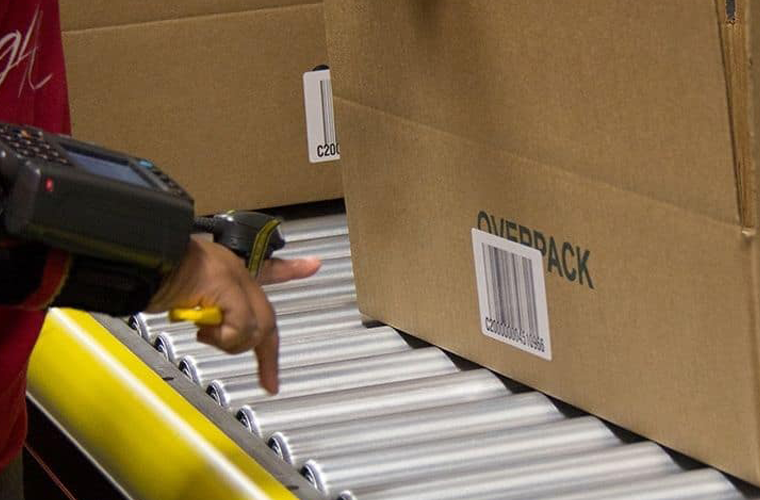Warehouse wearables are computers, scanners, and communication devices engineered to be small and ergonomic enough for operators to wear throughout their shift. They are similar to mobile devices but with the added benefit of being hands-free and eyes-up. They improve the user’s experience in interfacing with a facility’s systems and processes, and increase material handling efficiency, accuracy, and safety. Among…
View Author Page of PeakLogix
PeakLogixDecember 19, 2022







